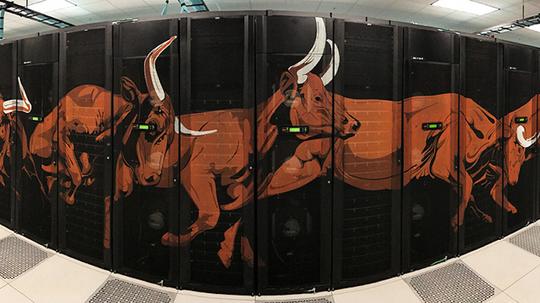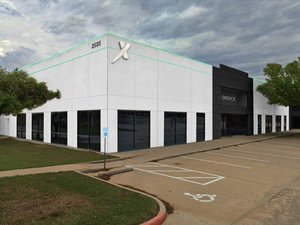
The University of Texas will soon be home to the fastest supercomputer available at any university in the U.S. thanks to a $60 million grant from the National Science Foundation.
The new system, called Frontera, is exciting from a computational perspective because it will among the most powerful in the world when it begins operating in 2019. The world of supercomputing shifts rapidly as new machines are created. But, as of today, Frontera would be the fifth most powerful system in the world and the third fastest in the U.S.
But perhaps more promising than the computational technology is the potential Frontera has to help solve exceptionally complicated scientific mysteries. One of its first projects will be analyzing particle collisions from the Large Hadron Collider. It will also compute data on climate change, forecast hurricanes and more.
“Supercomputers — like telescopes for astronomy or particle accelerators for physics — are essential research instruments that are needed to answer questions that can't be explored in the lab or in the field,” Dan Stanzione, executive director of the Texas Advanced Computing Center where Frontera will operate, said in a news release. “Our previous systems have enabled major discoveries, from the confirmation of gravitational wave detections by the Laser Interferometer Gravitational-wave Observatory to the development of artificial-intelligence-enabled tumor detection systems."
While Frontera represents a big step forward in supercomputing at UT, the school has been working on some of the nation's fastest computers for years.
The Texas Advanced Computing Center has put together three industry-leading machines in the past decade, including Ranger in 2008, Stampede1 in 2012 and Stampede2 in 2017, which also debuted as the fastest supercomputer at a U.S. university.
To help us understand its speed, UT noted that a person would have to make one calculation every second for a billion years to match what Frontera can do in one second.
Frontera's main components are being provided by Dell EMC. The machine will use Intel processors. Amazon, Google and Microsoft clouds will also be part of it. Its users will include technologists from the Ohio State University, the Georgia Institute of Technology, and Texas A&M University.
“Many of the frontiers of research today can only be advanced by computing, and Frontera will be an important tool to solve grand challenges that will improve our nation’s health, well-being, competitiveness and security," Stanzione said.








